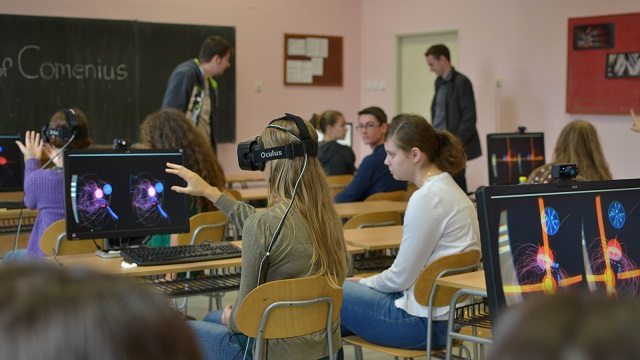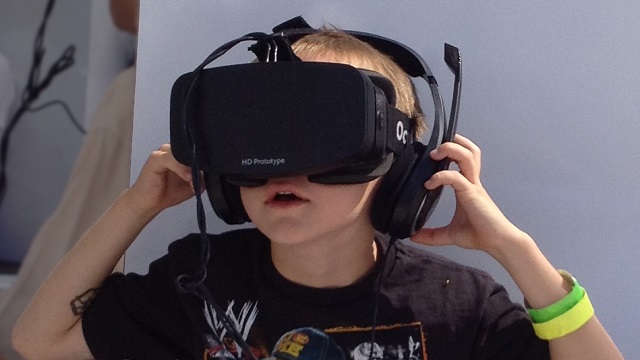Lately we have seen a massive push towards creating a friendly Virtual Reality (VR) ecosystem across the globe. VR is touted as the hottest technology in the market right now. For instance, Facebook’s purchase of Oculus in March, and technology giants like Google, Microsoft, Samsung and Sony going great lengths for VR development shows the bright future ahead for VR. India seems to be catching up to this globally viral phenomenon; however, the pace at which it is doing so needs a little quickening.
So far the push for VR has been focused mainly on the gaming and entertainment sector. While VR is a great medium for these industries, we have just skimmed the surface here and there are multiple unexplored usable cases of VR which can make it a household consumer technology. The rapidly growing technological advancements like affordable computing devices and the massive growth in numbers of smartphone users has provided a great impetus for paving the path. However, there are certain impediments in making VR a household name, especially in India. First, India lacks the infrastructure to effectively deliver high-speed internet. Second, affordability is a major constraint to accessibility of such devices. Lastly, lack of focus on limitless potential & application of VR spanning across sectors like Real Estate, Education, Healthcare, Automobile and Interior Design to name a few.

Albert Einstein once remarked, ‘We cannot solve our problems with the same thinking we used when we created them’. Following this philosophy various technology conglomerates are disrupting the existing market scene with affordable VR apparatus. For instance, Samsung’s Gear VR costs only $100 and Google’s Cardboard can be found as low as Rs 250. Products like these have encouraged several players in e-commerce and real estate sector to not only take notice of VR but also use it to provide customers with a fresher buying experience. Users can now get a thorough look of residential spaces even before they exist and can try the accessories and clothes by their favourite brands without actually wearing them. VR can let customers sitting in India configure the car to fitment and take a personal test drive as and when they desire.
As for education, VR is the best teacher a student can ask for. Replacing the done dusted textbooks with VR apparatus is certain to bring students closer to practical implication of theoretical knowledge. Entertainment sector is also not far behind with, recently, NBA making history as the league became the first to broadcast a live professional sports game in virtual reality and soon NFL will follow suit. Who knows very soon we might be watching IPL matches in our homes but with exact same feel as that of a stadium! These are just the first few steps in the direction of making VR accessible and affordable to the masses.
The need of the hour is a ‘in a class by itself’ approach to make India VR ready and promulgate it into different strata of business sectors and society. As a part of the Digital India initiative, Government of India is working hard to connect citizens of India with internet by partnering with organizations like NASSCOM. This is a concrete step in the direction of aligning people with all advantages of having a high speed internet at their homes and in their phones. VR is supposed to greatly benefit from this as people will be able to avail its benefits apropos to gaming and all business sectors mentioned earlier.
It is known to all that VR detaches us from reality and opens a whole new dimension; but how much have we fathomed this ‘new world’ and is India ready to immerse it, is certainly something to ponder upon. The business and social implications of VR are huge and the time is absolutely right for VR to take shape in India. All it needs is little a push and stature of VR will rise from being a toddler learning to walk to a Goliath making gigantic leaps.

(These are purely personal views of Head, Virtual Reality – SmartVizX – Chandan Singh and AnimationXpress.com does not necessarily subscribe to these views)
